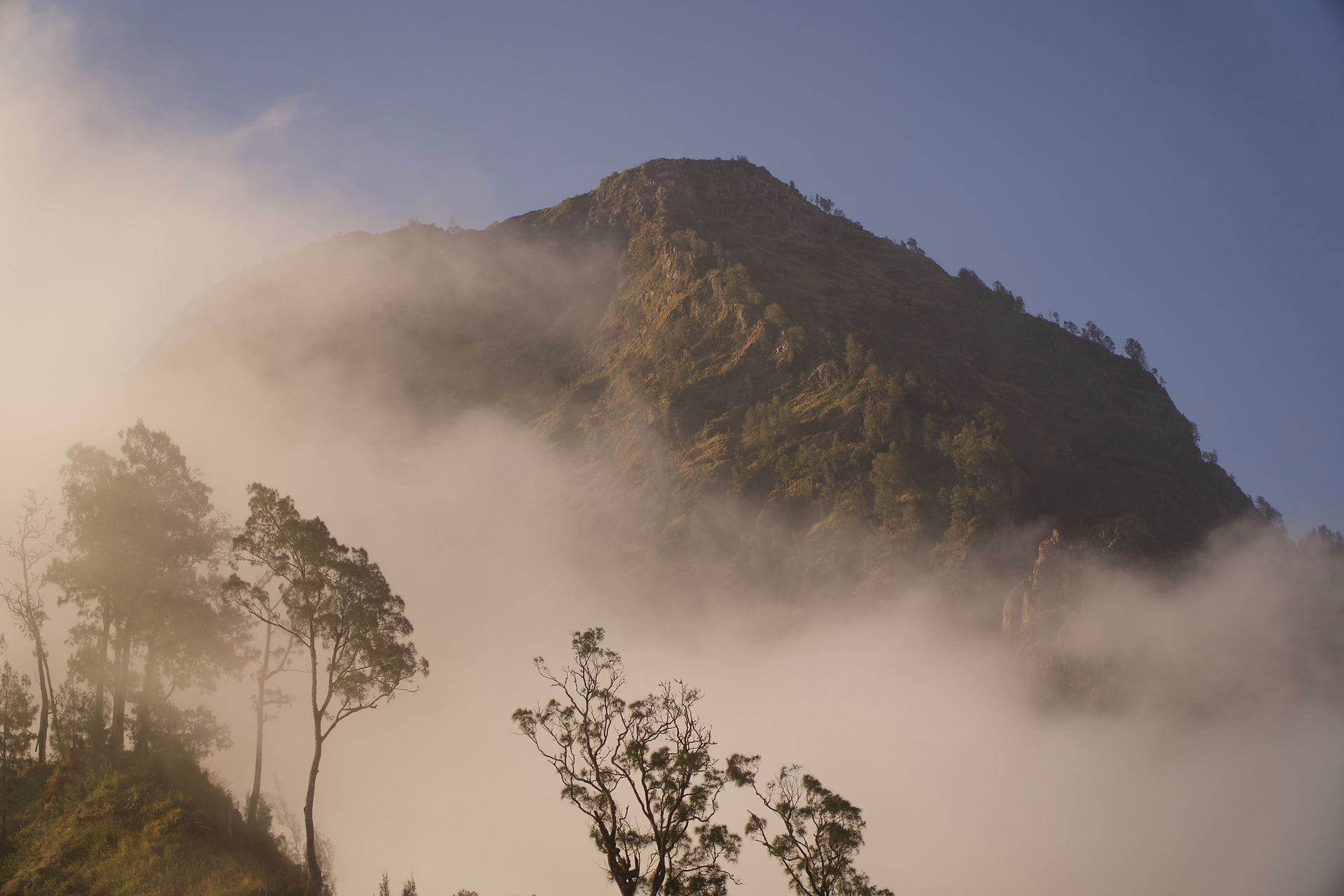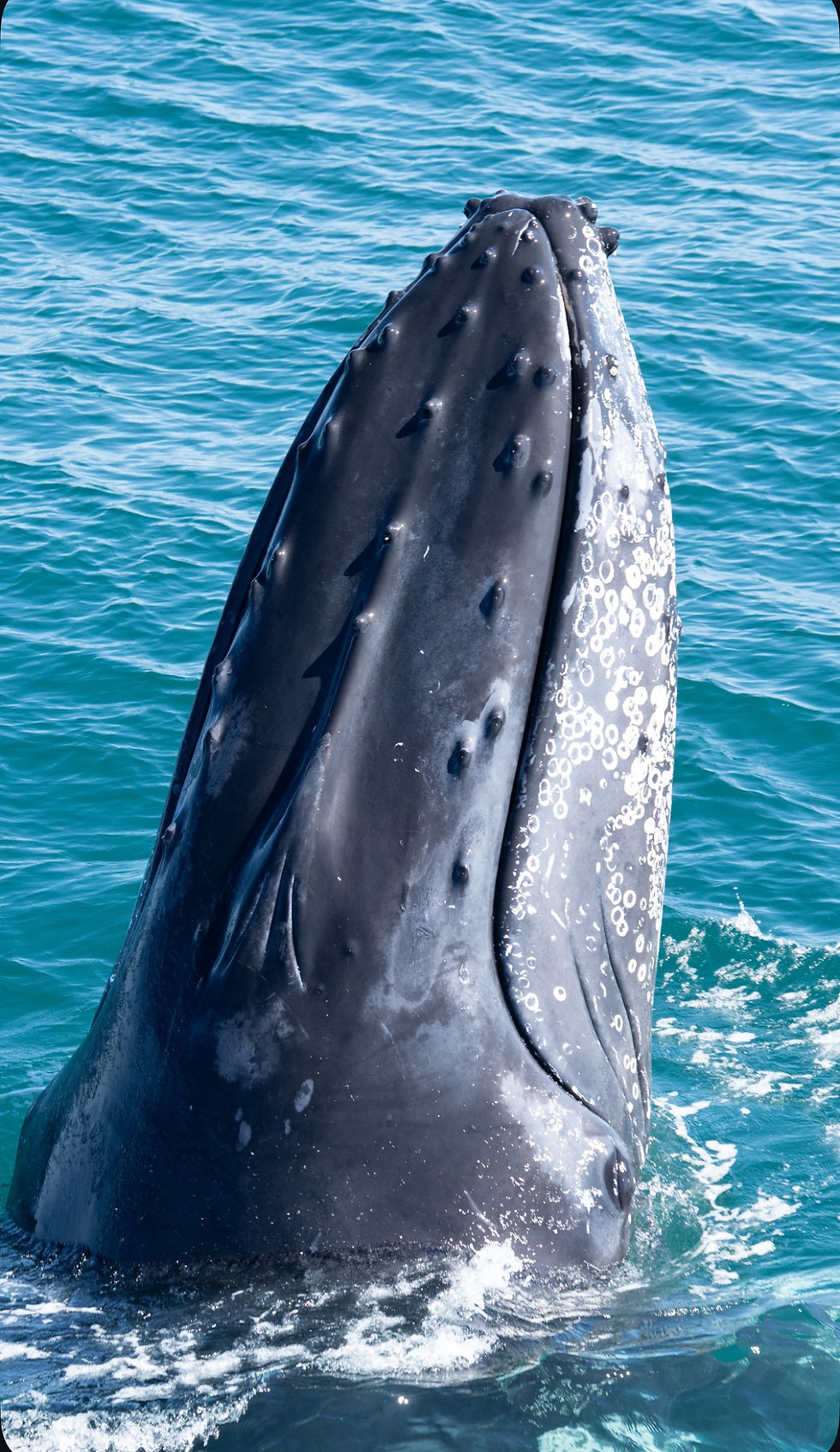Learning the language of giants: humpback whales in WA
- Morgane RGM
- 6 days ago
- 3 min read

I can remember it as if it were yesterday. The Coral Bay sky was glowing every shade from yellow to red, the sea calm and endless, no sound but our little boat rocking gently. Then we heard it; a soft, steady blow. All our heads turned, scanning the horizon. Silence again, then another exhale. Not once, but twice. That could only mean one thing: whales.
Not just one, not two, but four humpbacks appeared, circling our boat with the curiosity these giants are known for. The only sounds were our quiet awe, the deep calls of the whales, and the splash of fins against the surface. All it takes is patience and respect, stay still, stay quiet, and they will come to you. Coral Bay is just one stop on their extraordinary migration.
The Great Migration
The Western Australian coastline is blessed with front-row seats to one of the planet’s greatest journeys: the annual humpback whale migration. Each winter and spring, these gentle giants travel more than 13,000 km on their round trip from the icy waters of Antarctica to the warm north, where mothers give birth and nurse their calves.
The Exmouth Gulf is especially important. Its calm, sheltered waters form a natural nursery where calves can grow strong and ready for the long voyage back south.
But not all has been safe for these giants of the sea.
A Fight for The Gulf
Gascoyne Gateway Limited proposed building an industrial port in the Exmouth Gulf. Such a project would have meant more ship traffic, higher risk of collisions, waste, and dangerous levels of underwater noise. For whales, who rely on sound to navigate, communicate, and find one another, noise pollution is as threatening as a physical barrier.
The Exmouth Gulf is one of the world’s most important humpback nurseries, and the risk was too great. Conservationists and the community rallied together, and the WA government listened. The result: the creation of a multiple-use marine park across the entire Exmouth Gulf. A major step in the right direction, proving people can protect what matters.
The Recovery of Giants
Not so long ago, humpbacks were nearly wiped out. For decades they were hunted relentlessly in these same waters. At its peak, industrial whaling killed up to a thousand whales in a single season along this migration route. Populations collapsed to just a few hundred individuals, and extinction seemed inevitable.
Then came change. In 1979, Australia banned commercial whaling, followed by a worldwide ban in 1986. Since then, humpbacks have become one of the ocean’s great conservation success stories. They are no longer listed as endangered, and today more than 40,000 are estimated to migrate along the WA coast.
Scientists are still trying to understand how they’ve recovered so well and what lessons we can use to protect them further. Every piece of knowledge helps: rerouting shipping lanes, designating safe zones, and ensuring these ancient travellers can keep moving freely.
And it’s not only scientists who benefit. Every year thousands of people travel to WA to witness these majestic animals; supporting local tourism and experiencing a connection to nature that stays for life.
Where Science Meets Storytelling
One way to experience humpbacks responsibly is with Whale Watch Western Australia, a family-owned company based in Perth. Passionate and research-driven, they don’t just take you out to sea, they invite you into the world of the whales.

On every tour, they contribute to science by photographing each whale’s fluke. Just like a fingerprint, no two are alike, and these images are added to their ever-growing photo ID catalogue that now numbers in the thousands.
While on board, live commentary helps you “learn the language of the whales”: why they breach, why they slap their tails, etc. You leave not only with memories of seeing them up close, but with knowledge you can share. Your own little party trick that inspires others to care.
Because when people experience whales firsthand, they’re far more likely to want to protect them.
A Future Written In Whale Song
You’ll never forget your first whale. The moment a humpback breaches, crashing back into the sea with impossible strength, you can’t help but smile until your cheeks ache. Few encounters are as humbling, or as hopeful.
To see such powerful animals return from the brink of extinction is to witness resilience in its purest form. The whales keep coming back. And thanks to community action, conservation, and research, we are giving them a safer future.
You can be part of it too. Visit responsibly, choose operators who give back, learn the language of the whales, and share their story. They matter, and so do you.
Sources: Whale Watch Western Australia, Protect Ningaloo, 7News WA, WA Maritime Museum

















Comments